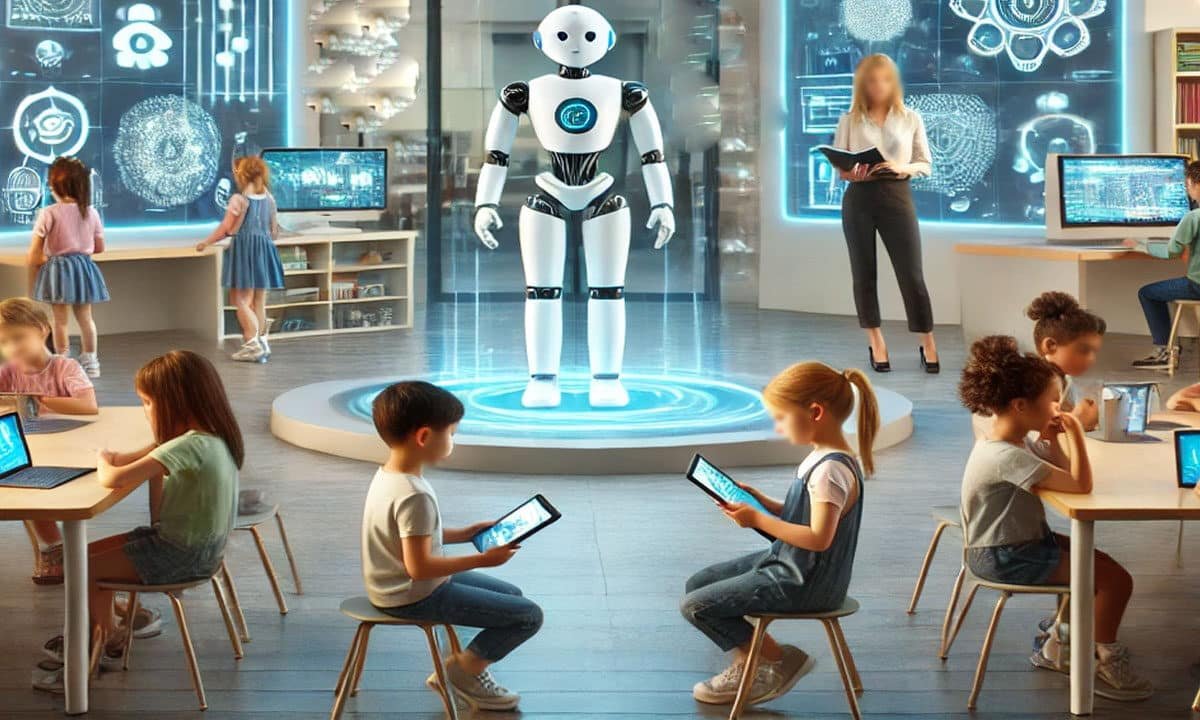AI Won’t Solve Our Education Crises — It’s a Costly Distraction
While schools face deep-rooted problems, the government is pushing tech instead of real solutions.

Two weeks ago, the Secretary of Education stood before the country and called AI “A1.” What should have been a serious conversation about education quickly became a joke online. Now, the Trump administration has signed an executive order promoting artificial intelligence in K-12 schools, telling federal agencies to boost AI research and funding.
This move might sound like innovation, but it misses the point. Our schools are in crisis — and AI isn’t the fix they need.
The Real Issues Behind Our Education Crises
Let’s be clear: AI has potential in education. Tools like personalized learning systems and data analytics can help — when used wisely. But right now, the core problems in our schools have nothing to do with technology.
We have underpaid teachers, overcrowded classrooms, broken buildings, and outdated materials. Instead of addressing these long-standing crises, the government is pushing tech as a silver bullet. It’s not leadership — it’s avoidance.
Funding Cuts Make Things Worse
The Trump administration is cutting critical education programs and shifting focus toward privatization. In that context, introducing AI into classrooms doesn’t solve anything. A fancy algorithm can’t help when a school has no heat, no internet, or not enough staff. Teachers struggling with 30+ students can’t suddenly become tech experts — they barely have time to plan one lesson per week.
If the basics aren’t in place, no amount of AI will make a difference.
Advertisement
We’re now accepting
Paid Promotions & Sponsorships
The Innovation Myth
This executive order assumes our biggest issue is a lack of innovation. But we don’t have an innovation gap — we have a funding and policy gap. Students are falling behind not because of outdated tech, but because we’ve neglected education as a public good for decades.
Our schools operate with broken facilities, old textbooks, and staff who are stretched thin. Teachers often buy supplies with their own money. Students go without meals or mental health support. These are the real education crises — and AI won’t fix them.
More Tech, More Inequality
Let’s also talk about equity. Implementing AI in classrooms requires devices, internet access, and trained staff — things wealthier districts already have. Poorer schools don’t. This kind of policy risks widening the digital divide, leaving the most vulnerable students even further behind.
What’s being sold as progress is really just another way to deepen inequality — under the banner of modernization.
What Teachers, Students, and Parents Actually Need
Teachers aren’t asking for AI. They want smaller class sizes, better pay, and real support. Students need safe schools, stability, and people who care about them — not more screen time and standardized testing. Parents aren’t looking for the next tech trend. They want to know their kids are getting a solid, human-centered education.
AI is a tool, not a solution. It can help, but it can’t replace public investment, committed teachers, or strong communities.
A Serious Crisis Needs Serious Action
If the administration truly cared about fixing the education crises, it would invest in schools, support teachers, and close opportunity gaps — not slash budgets and push technology as a distraction.
Until we treat education as a priority and fund it like one, all the artificial intelligence in the world won’t help.
